First up, especially if you are an American or British tourist, DO NOT attempt to use Australian slang until you have lived here long enough to acquire it. We can tell what you are, you will get it wrong, and you will be considered a twit. The same advice applies to pretending to demonstrate your mastery of the Australian accent. If you try it, you will almost certainly give offence. Serious offence. You won't mean to, but you will offend.
Just talk normally: Australians are not dumb country cousins, and you don't need to speak our language, because we understand yours perfectly well. Even if we can be hard to understand, we get your accent on television, radio and films, all the time, and we will understand just about all of what you say.
On the other hand, you do not speak our language. This is not so much a question of slang, it is a question of intonation, usage and cultural references. Sooner or later, you will be in trouble if you think you speak the same language.
In short, this section is not intended to help you pass yourself off as an Australian. You won't get away with it, so don't try — we don't eat foreigners. Be yourself and you will find us friendly and helpful, but understand that you are guests in another culture.
If you speak another language, you may have a problem. Yes, we have SBS which broadcasts mainly in community languages, both on television and radio, but we aren't all that hot on other languages. No announcements at train stations will be in other languages, no street signs will appear in major world languages (though you may see a few welcome signs and danger signs in other languages), and no museum signage will be in other languages, mainly because it is too hard working out what other languages should be covered, when we speak a variant of THE world language.
Australian accents
According to the experts, there are three Australian accents. One is
broad (think Crocodile Dundee or Steve Irwin, and you won't be far off). Most Asustralians can speak this if they wish to, and some speak nothing else. Broad Australian is more common in the
bush. The second version is referred to as
general Australian, and this is typically what you will hear radio announcers using -- or newsreaders on television. Then there is a dying form,
educated Australian, which sounds closer to Received English.
As it happens, I generally speak in that accent, though I can switch. Britons who have been in Australia for more than about ten months may mistake me for a fellow-Briton (albeit one who has 'gone native' just a tad), and Americans in Europe always take me for British, but in Britain, nobody takes me for anything but Australian.
Most of the time, we use general Australian, and I try to do so myself, but put me behind a microphone, and I revert. How do i know about this? Well, as a schoolboy in 1959, I was selected as part of a sample of 4000 Australians, used by Alex Mitchell to try to pick regional and other variations, and I was interviewed again, about ten years ago. What a pity we don't still have the original tapes!
Regional variations
There are a few terms that are regional, and some people think that Adelaide is starting to break out and develop its own vowels, but it is very hard for us to pick, so foreigners will have little chance unless they are highly trained -- I used to know a Hoosier who could do it.
Reading list
- G. A Wilkes, A Dictionary of Australian Colloquialisms, Collins, ISBN 0732224330
- The Macquarie Dictionary of Australian Colloquialisms, Aussie Talk, Macquarie Library, ISBN 0949757225
- Lenie (Midge) Johansen, The Dinkum Dictionary, Claremont, ISBN 1854719293
- Maureen Brooks and Joan Ritchie, Words from the West, Oxford, ISBN 0195536282
I hope to add some Afferbeck Lauder references later.
Australian terms
Slang, the vernacular, the peculiarly Australian form of English can be difficult to understand. Slang aside, there are the words that all Australians use in a special way, like "bush". Even those Australians who speak "educated" or "cultivated" English will talk about "the bush".
There are no forests or woods in Australia, just bush. When people disappear into the wilds, they "go bush" (or bushwalking), if they stray from the made path, they are bush-bashing. Thieves who roamed the bush were called bushrangers, and if somebody has come up to the "Smoke" (Sydney) from the bush, then he or she probably lives on a farm or in a country town. So you have to listen to the context.
The "cultivated" style of English is fancied by most Australians to be indistinguishable from English, and it is fairly close: after a few months in Australia, most English people lose the ability to tell whether or not a "cultivated" speaker is English or Australian. Americans have problems in distinguishing that accent from the English accent. This style of "speaking properly" seems to be getting less common, if only because most "cultivated" speakers can and do use at least one other form of more local accent.
The New Zealand accent is common in Australia, and can be hard to pick, even for an outsider who has been here for some time. Australians say it is easy: ask the suspected New Zealander to count to seven. For Kiwis, the number between five and seven is sux, and lists are lusts. It's a subtle difference, and not really important. The 'Kiwi accent' is apparently more common in those from the South Island.
There are two other distinct forms of English that we detect in our own speech. The "general Australian" is broader, and less "English", and it is more likely to contain references to manufactured products and cultural allusions and clever similes ("Vegemite", or "as mean as Hungry Tyson" or "as flash as a rat with a gold tooth"). "General Australian" usually involves less lip movement.
The broad Australian accent involves no lip movement at all (to keep flies out of the mouth, some say), more reliance on tones (perhaps because it carries over longer distances), and many impenetrable slang terms, including rhyming slang, often similar to (but differing from) Cockney rhyming slang. It is a gross error to see the Australian accent as deriving from Cockney, just because of a few fancied similarities in a few vowels and diphthongs (which many Australians wear on their feet).
Some of the slang terms can be traced to regional English usages, others are of unknown origin. The correct and safest procedure for any foreigner is to smile engagingly and look agreeable without actually agreeing to anything when slang is used in their presence. As a rule, unless you know people, if you use slang terms that the listener knows to be Australian (like 'dunny'), some Australians will assume you are being patronising. It's a pity, but that's the way it is.
So far as swearing is concerned, Australians use the same terms as other English-speakers, although with different frequencies. You should have no problem in recognising when you are being sworn at, but context and tone of voice are more important than content. A poor old bastard is an altogether different beast from a miserable bastard or a rotten bastard.
Then there are the aboriginal words, names for places, animals or things that are used quite unconsciously, like billabong, an oxbow lake in other places, or maybe tucker, which is food, and which may or may not be an aboriginal word, as well as bingey (stomach), dilly-bag and waddy.
Last of all, there are words that are used in Australia in some way that the scholars of Oxford know not, that you will never find in the Oxford English Dictionary. Just as the Americans needed their Webster's, so we now have our own Macquarie Dictionary that tells us (and others) what we mean. Try looking up "jam" in all three!
Australian place names
If you aren't an Australian, you will have problems with some of the names used here. The name that is either Larnston or Lawnston in Britain (the Cornish and the Devon men don't agree) is Launceston, pronounced Lawn-cess-tn, with the stress on the second syllable when it is in Tasmania. Call it anything else, and you are indelibly branded a New Chum.
Americans in particular have trouble with the various capitals. Melbourne is pronounced Melbn, and Brisbane is pronounced Brizbn: at least there is some regularity there. Canberra is a problem one that even Australians could not decide about. The legend runs that the Important Lady who declared Canberra open in 1913 was given the name on a piece of paper, and everybody waited to see how she pronounced it. Whatever the truth of that, we swallow the second syllable, so it becomes CANb'ruh, with the emphasis on the first syllable.
The large regional town, Wagga Wagga rhymes with logger logger, but it is usually called Wagga by those who don't live there.
Canowindra is pronounced "Canowndra", and Woolloomooloo is Wooluhmuhloo. The ending "-warra" or "-warrah" is pronounced "worrer". If you are American, keep in mind that we do not pronounce the final "r" - if you are from Maine, forget I mentioned it :-)
Most suburb names in Sydney are either British (English, Scottish or Irish), or of aboriginal origin. In the first two cases, pronunciation tends to be as it was in Britain, while aboriginal names were rendered into our alphabet according to no particular rules. When in doubt, write the name down.
Sydney Suburbs
For an allegedly egalitarian society, Australians practice a great deal of snobbery about suburbs, and Sydneysiders are typical in this. Every so often, correspondence will break out in the newspapers about the limits of the North Shore. Then somebody who lives in the Eastern Suburbs will say that the North is all tacky anyhow, and somebody from the Western Suburbs will cry a pox on all their houses.
The people of the north and the east then join in raising their collective eye-brows, amazed that anybody from "out there" should have heard of the Montagues and Capulets. From a visitor's viewpoint, the east and the north may offer more than the west, but the west is slowly coming into its cultural "own". Take a look at the Riverside theatres!
In the beginning, there was Sydney, and there was Parramatta. At one stage, the capital of New South Wales could well have been established at Parramatta, but it was probably too hot for the early settlers. Parramatta misses out on the sea breeze, and there were no port facilities that far up the Parramatta River.
While Parramatta is now the demographic centre of Sydney, it is only slowly recovering its role as a major administrative centre. Most of the beach-side Sydneysiders have only a hazy notion about the other half of Sydney, west of Parramatta. Take their advice guardedly, if at all. On the other hand, most of the tourist attractions are located in the east, close to the coast.
The Eastern Suburbs were so-named because they were east of the city, from Kings Cross through to Bondi, but generally the name is taken as referring to the harbour's edge suburbs, with sea views. People with money settled here, rather than to the west of the city, where the temperature soon rises, out beyond the reach of the sea breeze. This social division can be traced back to the earliest days of the colony, when officers congregated on the eastern ridge near what is now Macquarie Street, and other ranks were confined to the western shore of Sydney Cove, near what is now The Rocks.
The original Western Suburbs are those around Glebe, Annandale, Leichhardt, Stanmore, Petersham, Lewisham, Summer Hill and Ashfield, which are these days described as "Inner City" suburbs, and greatly prized by the middle classes, so that many of the suburbs have been completely gentrified, more or less in proportion to their distance from the cooling sea breezes.
The city has had to spread to the west, the north and the south, but settlement to the north was limited by access problems. The Manly area was well-served by ferries, and there was a train line from the northern shore of the harbour, running along the main ridge towards Hornsby, from last century. Logically enough, this was called the North Shore Line, and defined the "North Shore", where the suburbs are all far from any shore, but their train line runs down to it.
Manly stayed isolated by road until rather later, so people had to catch ferries and pass through "The Village" (as Manly is still known to locals) to catch trams further north. This gave the people of Manly and Warringah a distinct feeling, summed up in their name for the area: 'The Peninsula'. These days, though, they tend to call this are 'The Northern Beaches', especially when talking to outsiders.
South of the city, to the west of Botany Bay, and running down to the Georges River, the St George district developed, while to the north-west of the city, the "Hills District" has developed. Most of the other areas derive their names from local government boundaries, as these have applied to football and other sporting teams.
Regional names
There are many local names given to regions, names which do not appear on maps, but which you may need to understand. The entries below are given in dictionary form: you can always disagree with a dictionary definition, but these have been based more on public perception, rather than on geographers' carefully made distinctions. More importantly, some of these terms are used by advertisers and tourist groups in some special way that depends on who is paying the bills. I have tried to be useful to you, not them.
Blue Mountains: the part of the Great Dividing Range behind Sydney, which provided a barrier to the white settlers in the first 25 years of settlement. Rising to a bit over 1000 metres, they are visible from some high parts of Sydney on a clear day. In tourist terms, that part of the Great Dividing Range which lies along or fairly close to the Great Western Highway (Route 32) over the mountains. To you, it will probably mean the Blue Mountains National Park.
Central Coast: north of Broken Bay, running up towards Newcastle, a pleasant holiday area which is fast becoming a living place for Sydneysiders.
The Illawarra: this may well have been "The Illawarra Plain" originally, but the flat area around Wollongong is now known by that name. The "Illawarra line" is the railway to Otford. Governor Macquarie mentioned an alternative, "Allowrie", now only found in a brand name for butter.
New England: inland from the North Coast, this is the part of the high country around Armidale. Considering the early settlers and the conditions there, "New Scotland" would be more apposite.
North Coast: the north coast of New South Wales generally past Port Macquarie. This is sometimes sub-divided by the tourist authorities.
The Riverina: the fruit-growing area in the south of NSW, along the Murray and Murrumbidgee Rivers.
South Coast: the coast of New South Wales south of Nowra, though some would say south of Kiama.
Southern Highlands: the area straddling the Great Dividing Range from about Mittagong to Moss Vale. Don't miss Berrima and Bowral, if slightly artificial tweeness is your thing.


 Anzac Day is a national public holiday in Australia and New Zealand, and is commemorated by both countries on
Anzac Day is a national public holiday in Australia and New Zealand, and is commemorated by both countries on 








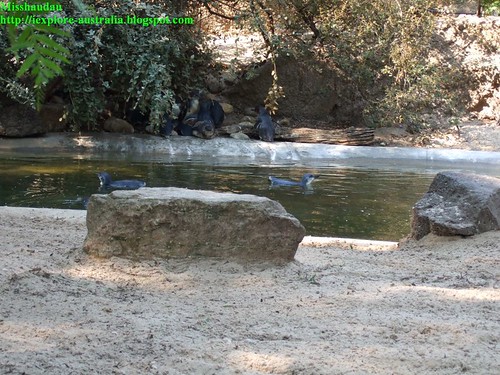
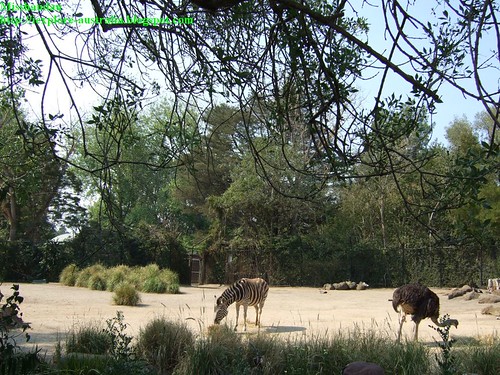
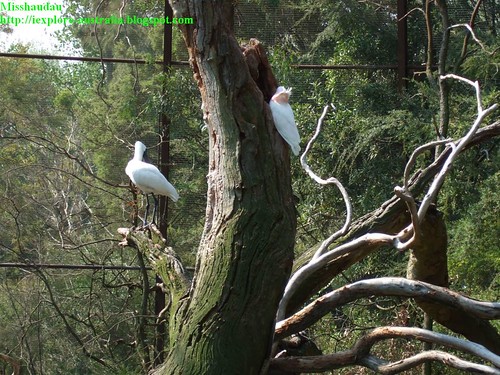
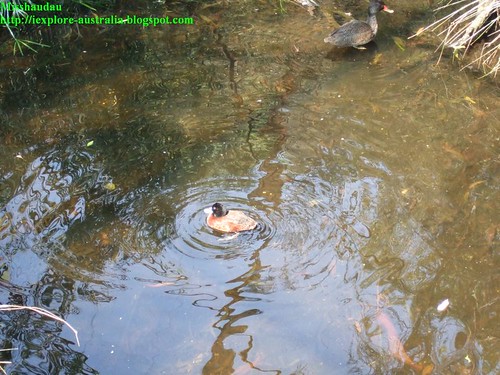
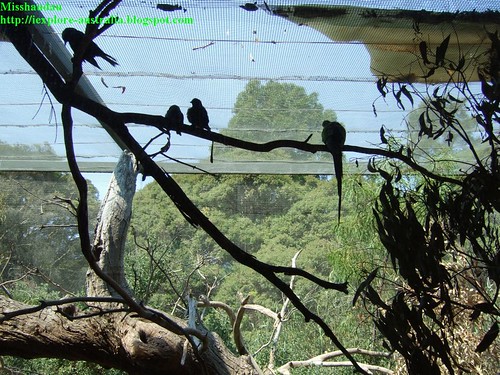
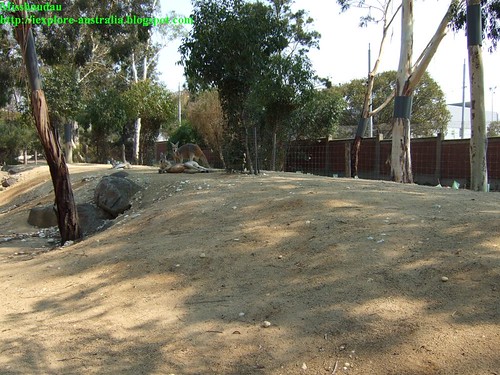
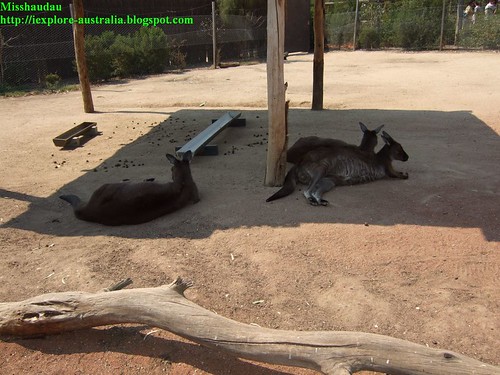

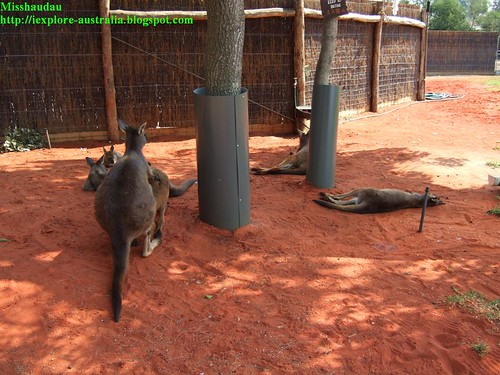


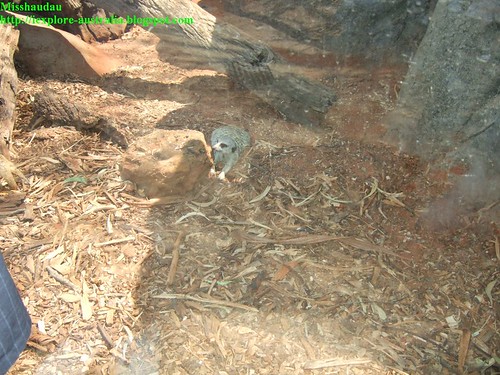
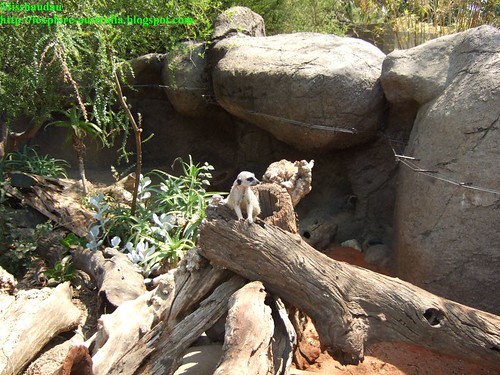
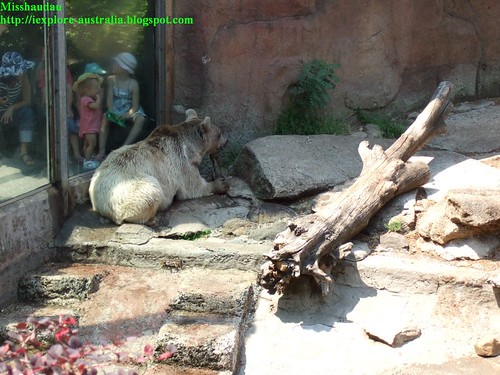
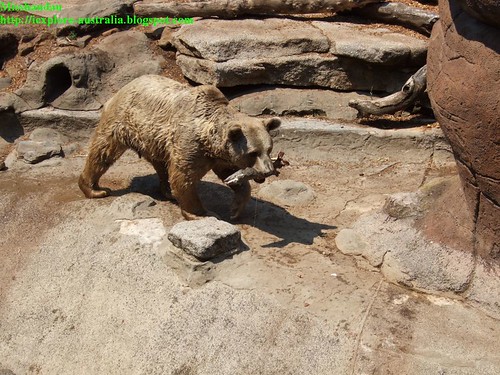


 There are over 1000 bird species in Australia with one of the most famous being the kookaburras which laughs almost like a human, and pretty pink galahs.
There are over 1000 bird species in Australia with one of the most famous being the kookaburras which laughs almost like a human, and pretty pink galahs.









